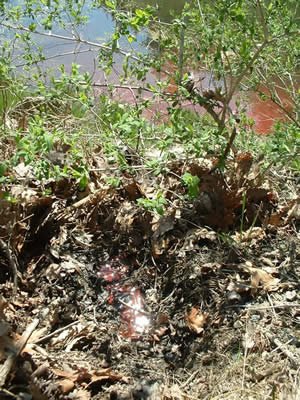Failing Septic Systems
When a septic system fails, untreated wastewater can contaminate surface waters and ground water with disease-causing pathogens. Flushing special dye down the toliet usually shows this pollution.
This bacteria accumulates in clams, because clams filter feed from the water. Contamination is detected by sampling of coliform bacteria and results in closure of important shellfish beds and swimming beaches.
Failing septic systems also contribute excess nutrients to fresh and marine waters. These nutrients feed algae resulting in blooms. Some algae carry a biotoxin that accumulates in clams, so red tide closures occur to protect human health.
What can municipal officials do?
- Consider Decentralized Wastewater Systems
- Support the local plumbing inspector in administering and enforcing regulations
- Identify concentrations of older septic systems to focus outreach efforts
- Submit applications for Small Community Grants to replace failing systems
- Guide owners of overboard discharges
 Menu
Menu